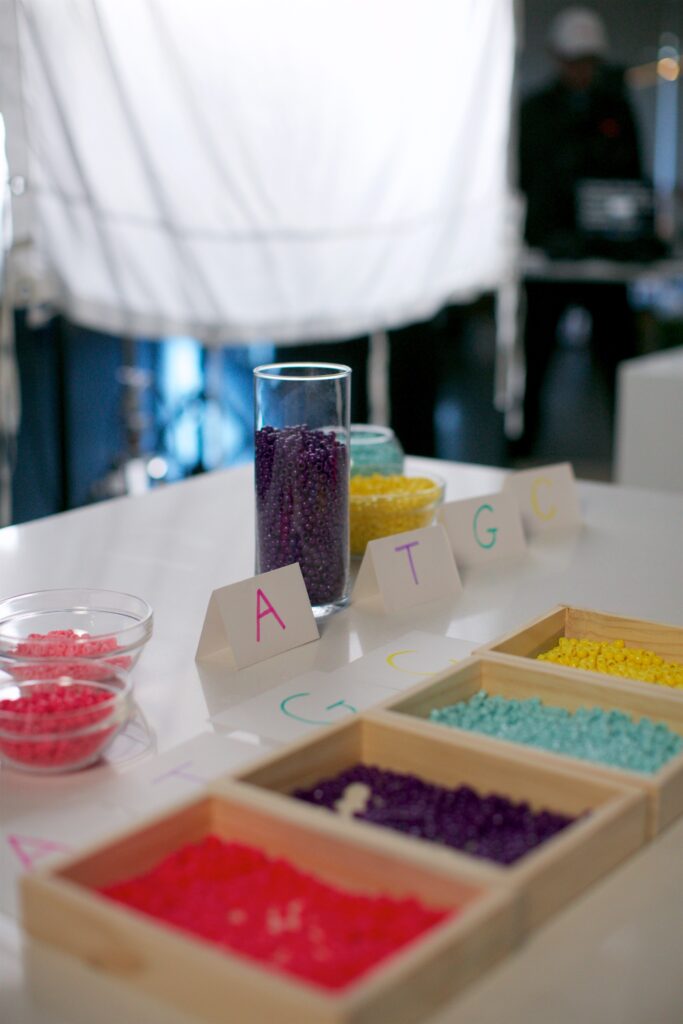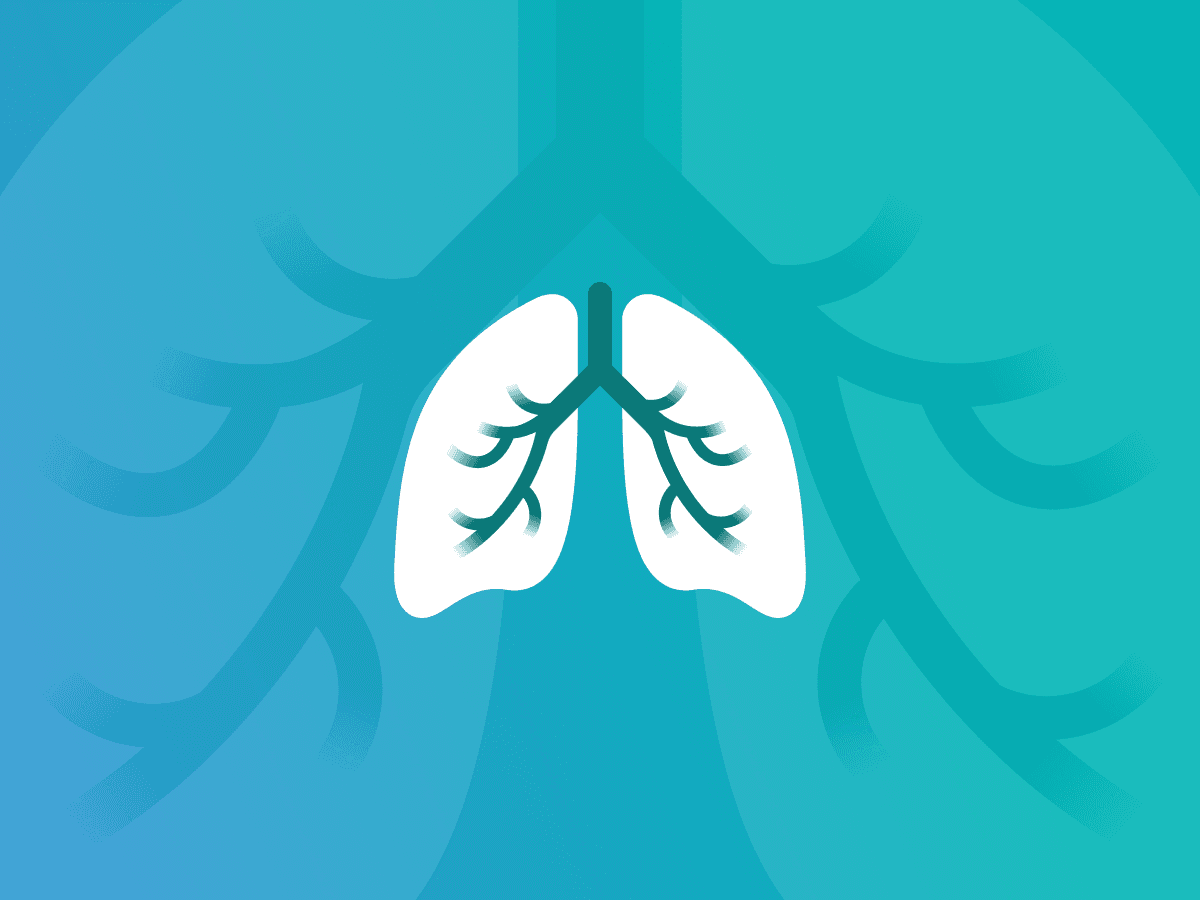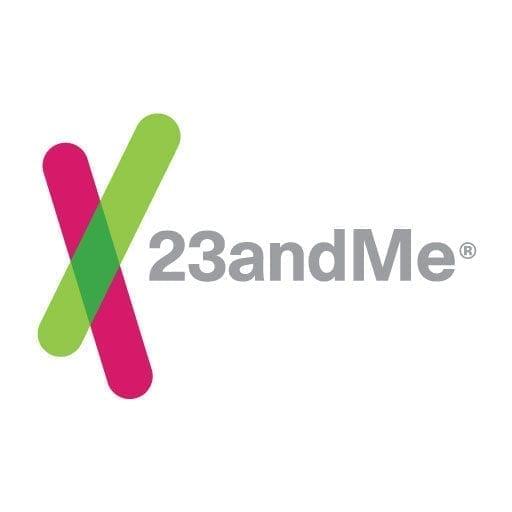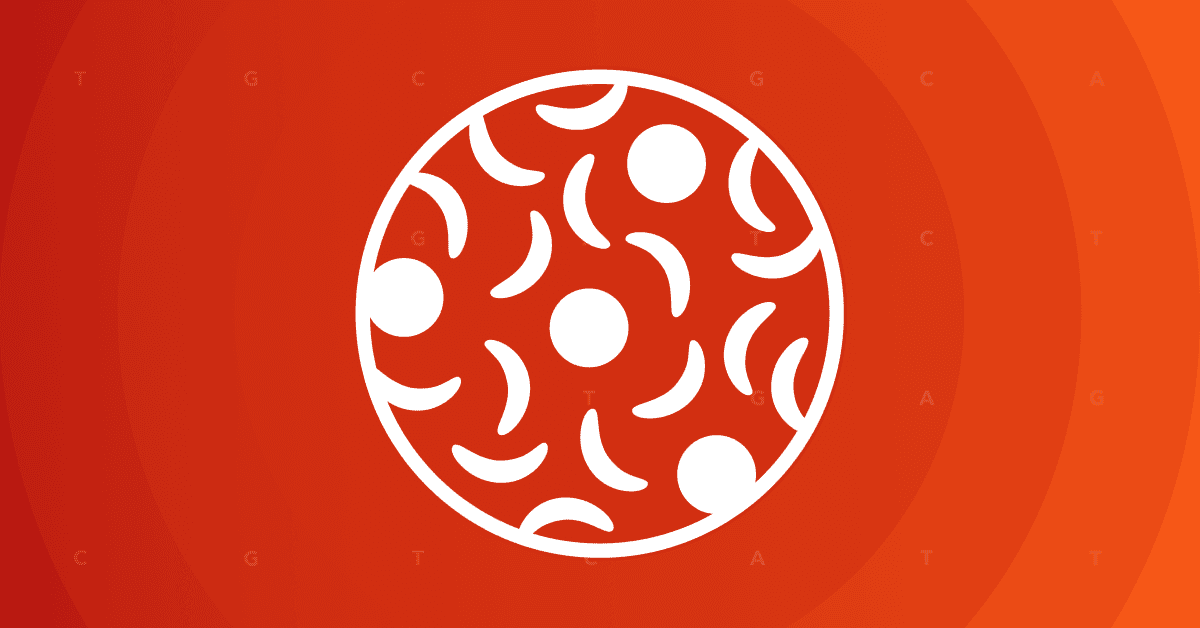In honor of International Women’s Day, Barbie®, as it has done since 2018, highlights inspiring female role models to encourage girls to dream big.
As part of this effort and to inspire our local community, we invited a few girls over to 23andMe’s headquarters inspiring them to pursue their dreams and talk to our CEO and Co-Founder, Anne Wojcicki.
Sisterhood
Anne and her sisters, Susan, special advisor to Google and Alphabet, and Janet, a professor of pediatrics and epidemiology at UCSF, were among the women who work in the field of science, technology, engineering, and math (STEM) picked by Barbie® to inspire young girls during this year’s International Women’s Day. Also honored are Kat Echazarret, an electrical engineer and science show host; Dr. Maggie Aderin Pocock, a space scientist, and educator; and Professor Dr. Antje Boetius, a marine researcher and microbiologist.
“My sisters were some of my strongest role models growing up and we all built careers based on our interest in STEM,” said Anne. “Our parents fostered independence and a belief that we could truly be anything we wanted to be when I grew up, but most important was to pursue a passion. I’m honored to celebrate International Women’s Day this year with Barbie alongside my family and these other powerful women in STEM leadership roles. I hope that sharing our stories encourages young girls to try something new, face something that may scare them, and look at challenges as exciting opportunities.”
Bridging the Dream Gap
Research shows that starting at age five, many girls begin to develop self-limiting beliefs and think they’re not as smart and capable as boys. They stop believing their gender can be anything. This issue is called the “dream gap.” It may also contribute to the need for more representation in careers grounded in science, technology, math, and engineering. To address this, Barbie launched the Dream Gap Project in 2018 — an ongoing global initiative that gives girls the resources and support they need to continue believing in themselves.

As part of the effort, the people from Barbie®’s “You Can Be Anything” YouTube series came to 23andMe headquarters to film Anne with three young girls from the Boys & Girls Clubs of the Peninsula — Kylie, 6, Emily, 8, and Arabella, 10. Together they talked a little bit about their dreams and goals, did some activities, and chatted about science.
A Primer on DNA
But first, Kylie had a question.
“Who named this place?” she asked.
“I did,” Anne said.
It was a good question because the “23” in 23andMe, stands for the 23 pairs of chromosomes in each of us. And the question gave Anne a chance to explain to the girls a little bit about DNA and how much we share. We’re each 99.5 percent genetically similar, but that tiny difference in our DNA makes us each unique. That all segued nicely into the girls’ project making bracelets with colored beads representing the four chemical bases of DNA — adenine (A), cytosine (C), guanine (G), and thymine (T).
Why bracelets?
A DNA molecule consists of two parallel strands twisted around each other. They’re held tight by a bond between the bases. Anne explained how each base, the ACG and Ts of our DNA, always pairs with the same complementary base. So, an A always pairs with a T, and C with G. The girls used this to create paired beaded bracelets. One of the bracelets they could keep and the other they could give to a friend.

Genes not Jeans
For Emily, creating the bracelets was the most fun part of the visit. However, each girl said they learned something new talking to Anne. Arabella was fascinated by the fact that humans and mice share DNA, while Kylie said she learned something about “genes.”
“Not these ones,” she added, pointing to the jeans she was wearing.
This effort by Barbie® is also grounded in encouraging girls to believe that they can be anything.
That message was loud and clear for Kylie, Emily, and Arabella. Each had goals and ambitions not hemmed in by expectations or lack thereof. Kylie and Arabella said they were interested in business because it sounded exciting. The prospect of earning good money was enticing. Emily was interested in math, mostly because she doesn’t love reading.
Yet what they will ultimately do was wide open. They mentioned being a doctor, chef, actor, or dancer. Each of the girls felt empowered to be whatever they wanted to be.
Learn more about Barbie®’s Dream Gap Project here.
To watch the You Can Be Anything series, visit here.
To learn more about the Boys and Girls Club of the Peninsula, go here.
Making Your Own DNA Bracelet at Home
Want to get in on the fun and see how Kylie, Emily, Arabella, and Anne made their bracelets? Here’s how you can do it at home.
We have templates for four types of bracelets that are meant to represent the DNA of four different animals: a Monarch Butterfly, an American Black Bear, a rattlesnake, and an African Leopard.
First off you’ll need some string and a few dozen beads of four different colors. We used purple, green, blue and red — to represent the bases that make up DNA — adenine (A), cytosine (C), guanine (G), and thymine (T). Each bracelet has 21 beads. Part of the fun of this activity is creating a paired bracelet to match. Make sure you have enough beads of each color to make two full strands.
Below are more detailed instructions and the sequence for each animal. Have fun!






